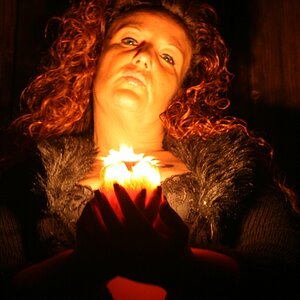- Joined
- Jan 24, 2014
- Messages
- 1,209
- Reaction score
- 1,424
- Location
- 大田, South Korea
- Can others edit my Photos
- Photos OK to edit
Hello All,
I'm trying to explain how to use the Color Wheel when composing/taking a photo. What approach do you take when using the color wheel when taking photos on a photo walk?
I'm trying to explain how to use the Color Wheel when composing/taking a photo. What approach do you take when using the color wheel when taking photos on a photo walk?






![[No title]](/data/xfmg/thumbnail/32/32940-461c74a1d3ad8d2862e02a293727c72a.jpg?1619735772)




![[No title]](/data/xfmg/thumbnail/34/34132-7c7fbdcb2006703d33f975289561cd9d.jpg?1619736303)



![[No title]](/data/xfmg/thumbnail/32/32942-4440dd4ca2ff307a5d19277feedf1d94.jpg?1619735774)
